Getting our I, WE & IT Voices Balanced
Are your voices in a twist? We each have 3 God-given voices to sing different kinds of songs. Imagine if one voice dominates & consequently the other 2 ‘shrivel’ to almost nothing. Where would we be?
Answer – where we and our world are now. This is how Ken Wilber explains our situation.
All great wisdom traditions (and Perennial Philosophy) used to believe in the Great Chain of Being which taught that reality was a rich tapestry of levels starting with matter:
spirit
soul
mind
body
matter
Wilber suggests reality now is best understood as a Great Nest of Being – like a set of ‘Russian Dolls’ – same levels – ‘matter-body-mind-soul-spirit’ but like an onion. (All are forms of spirit?)
He speaks of three historical periods: 1) before the Enlightenment = pre-modernism; 2) after the Enlightenment = modernism; 3) recently = post-modernism.
What did the good side of modernism give us? The good side of modernism = we were able to develop separately the 3 voices of I. WE & IT – I, (Art) WE (Morality) and IT (Science)
I = the subjective voice that we express in the arts (Beauty – and subjective truth)
WE = the moral voice that we express in the Humanities including religion (Goodness)
IT = the objective voice that we express in the Sciences (Objective Truth)
In pre-modern times I, WE and IT were not separate voices. Before the Enlightenment the Church decided everything. It forced Galileo to recant the truth of what he saw scientifically through his telescope. The Church insisted the sun went around the earth. It also decided what was and wasn’t good, and what was and wasn’t beautiful in the arts.
After the Enlightenment modernism gave us three voices developing separately I, WE and IT which were also three separate ways of knowing which I prefer to express thus:
‘I knowing’ = the subjective voice in the Arts (Beauty as pleasing patterns en-formed) -Creativity
‘WE knowing’ = the moral voice in the Humanities inc. religion (Goodness as fellow-feeling) -Caring
‘IT knowing’ = the objective voice in the Sciences (Truth as sorting, measuring, replicating) -Criticality
The bad side of modernism = the domination by the IT voice (‘Scientism’) to create ‘Flatland’. That is the ITness of science has become so powerful that it has caused the other two voices, more or less, to become invalid. This has been called the dis-enchantment of the modern world.
Therefore:
Pre-modernism = science, the humanities & the arts couldn’t develop separate to ‘Church’
Modernism = all three could develop separately (includes separation of Church and State)
Post-modernism means different things to different people a) a reaction against modernism, b) a counter-balance to (Flatland) modernism or c) a continuation of modernism
More narrowly postmodernism = the idea that there is no ‘truth’ only interpretations, and all interpretations are socially constructed (by elites to exploit groups e.g. women or colonies)
Important in pm = ‘there is no grand narrative’ that binds – such as the Christian story. My answer = ‘yes there is – being human in the world, with others, seeking truth, beauty, goodness and justice = the perennial grand narrative’.
The bad side of modernism = the empiricism of science has like a cuckoo forced out ‘I knowing’ and ‘WE knowing’. Inappropriately applying the scientific way of knowing (empiricism) to other areas of life is called scientism . (Creates ‘Flatland’)
Fundamentalism is, in part, derived by rejection of modernism – especially separation of state & religion. Ultimately it = the unwillingness to let the I, WE & IT voices grow separately.
The good side of post-modernism – it teaches us that
1 Reality is not always pre-given, but in some significant ways is a construction, an interpretation. The belief that reality is simply given, is referred to as ‘the myth of the given’.
2 Meaning is context-dependent, and contexts are boundless.
3 Cognition must therefore privilege no single perspective. (SEE Wilber p121)
Conclusion: We still validate science (the empirical and the rational), though we teach it poorly, but we don’t validate contemplation. Contemplation can also be thought of as heart-knowing – which is inspiration that follows meditation, especially the experience of at-one-ment/egolessness.
Our interior self is a flow of ‘heart-mind’. – separating heart and mind has been a disaster that has invalidated, or diminished, the feminine principle in men and women. (Heart-mind is an ancient idea ‘xin’ or ‘hsin’ in Chinese).
I, WE and IT ways need each other. If a person gets inspiration from contemplation (as Einstein did) s/he needs to order it or check it with IT knowing and WE knowing. Science needs I knowing and WE knowing as well. The Humanities need I knowing as well as IT knowing. Art needs WE & IT knowing.
Organized religion has suffered because it couldn’t stay clear on I, WE and IT knowing. It has made a comeback via the arts and ‘pick and mix’ spirituality. Its special domain, like art is I knowing – + WE knowing as inspired by what it sees as the revealed word of God.
Action needed = The world (especially the religions, governments & parents) need to nurture the I, WE and IT voices to achieve balance and concord. Unity, peace & development depend on validating objective truth and knowing, subjective truth and knowing and the moral wisdom that lies at the heart of all of the great traditions. The call is to the balancing of these three ‘voices’ of the human spirit.
My educational model towards this end I have called SunWALK = we need to teach our children, and ourselves, to pursue Wise, Action, through Loving and Knowing guided by the Sun of higher-order values SEE www.SunWALK.org.uk Roger Prentice Email; rogerprentice@bigfoot.com Ver 8.7.06
Adapted from and inspired by the work of Ken Wilber in The Marriage of Sense & Soul
—–0—–
All postings to this site relate to the central model in the PhD. Summaries are HERE
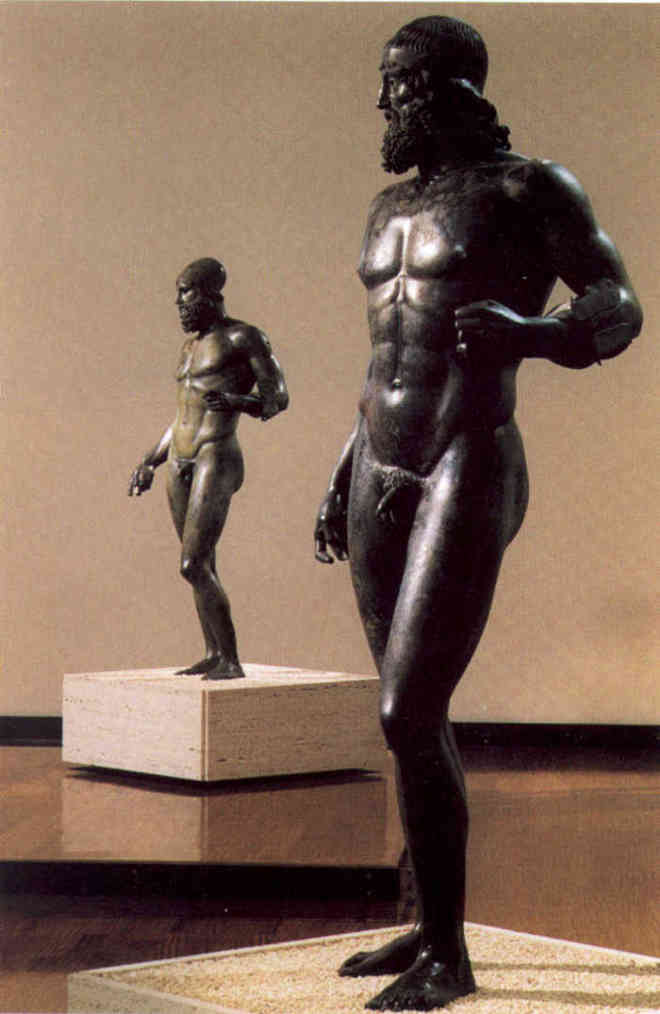



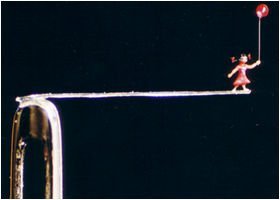
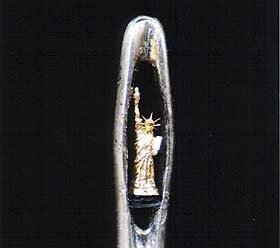


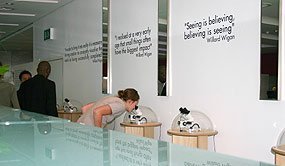
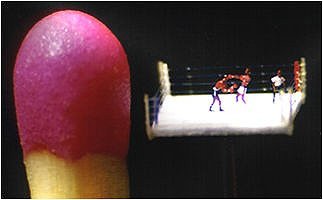

 The Wizard of Oz
The Wizard of Oz The Six wives and Henry VIII+
The Six wives and Henry VIII+